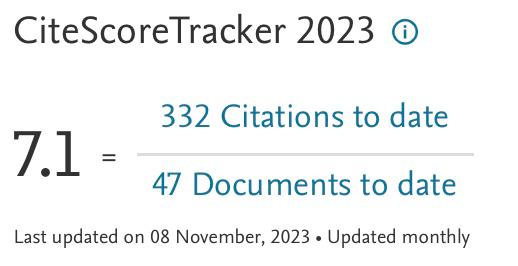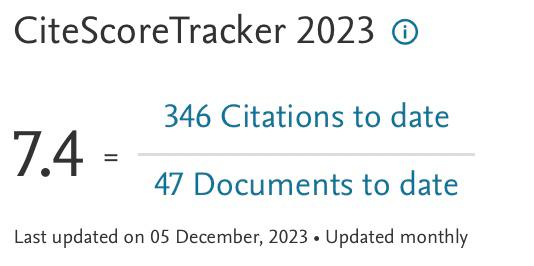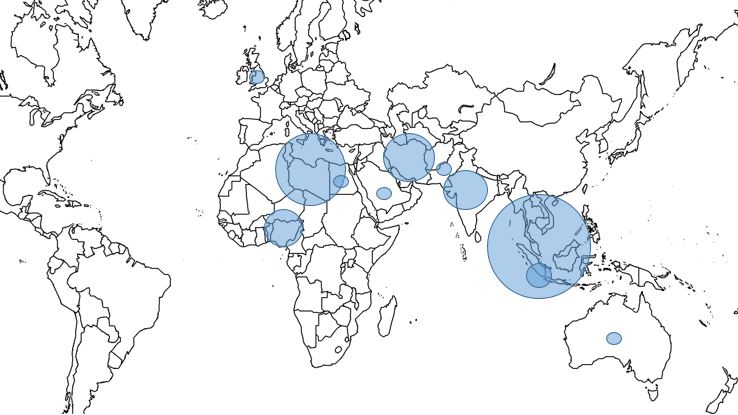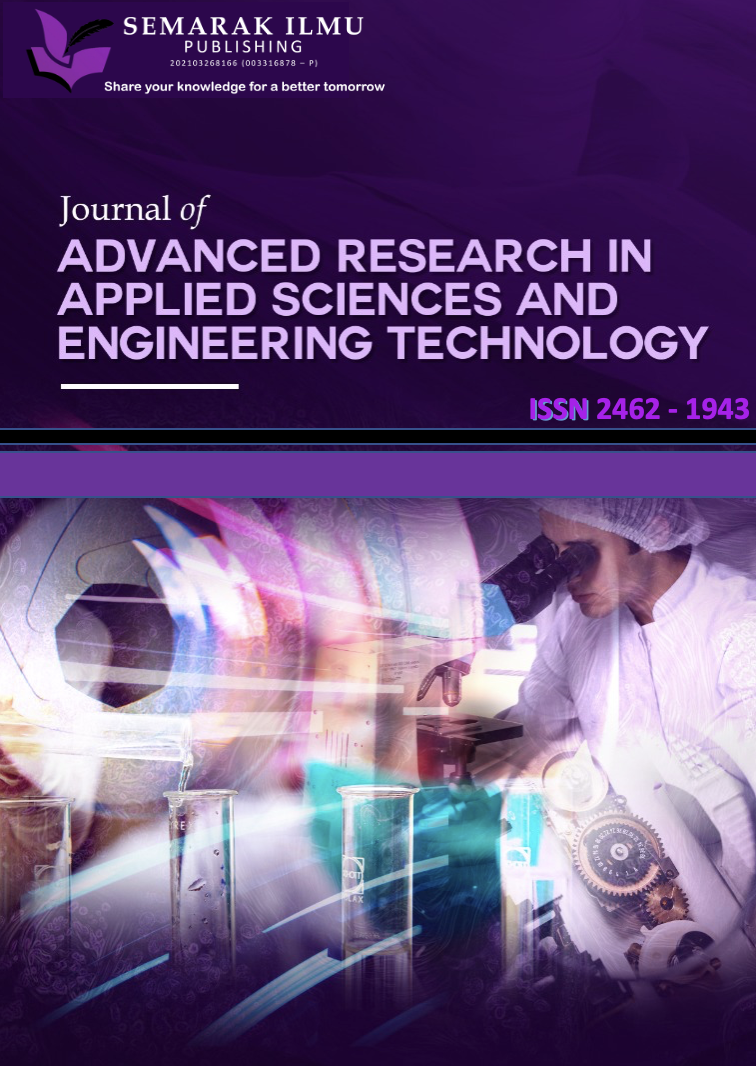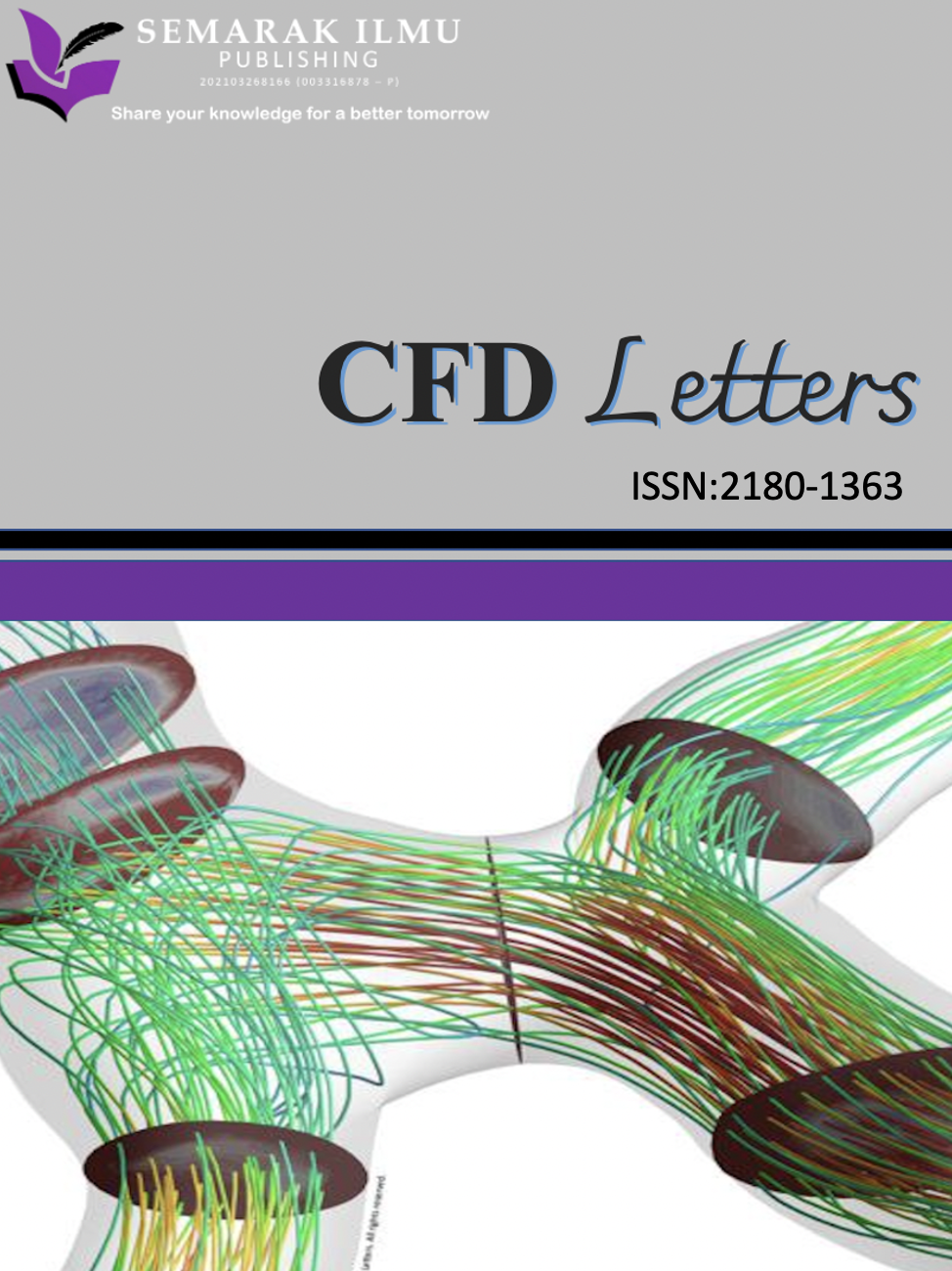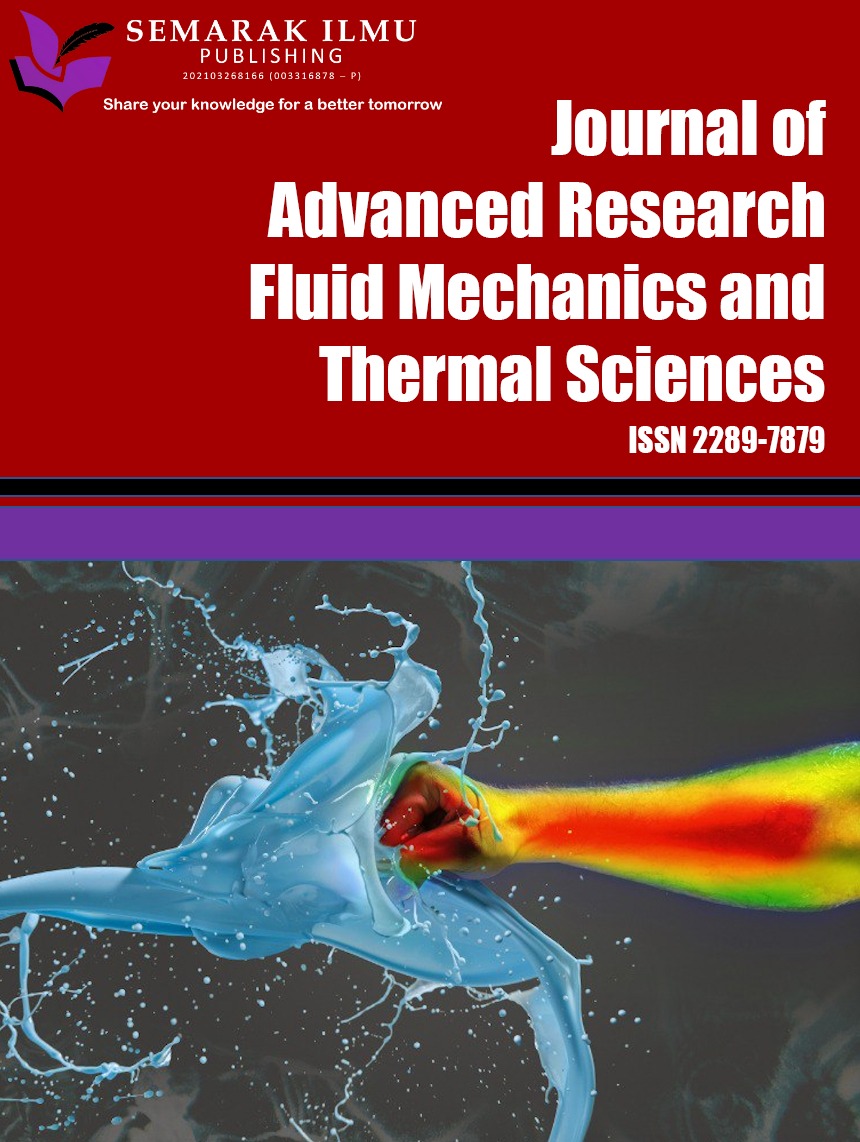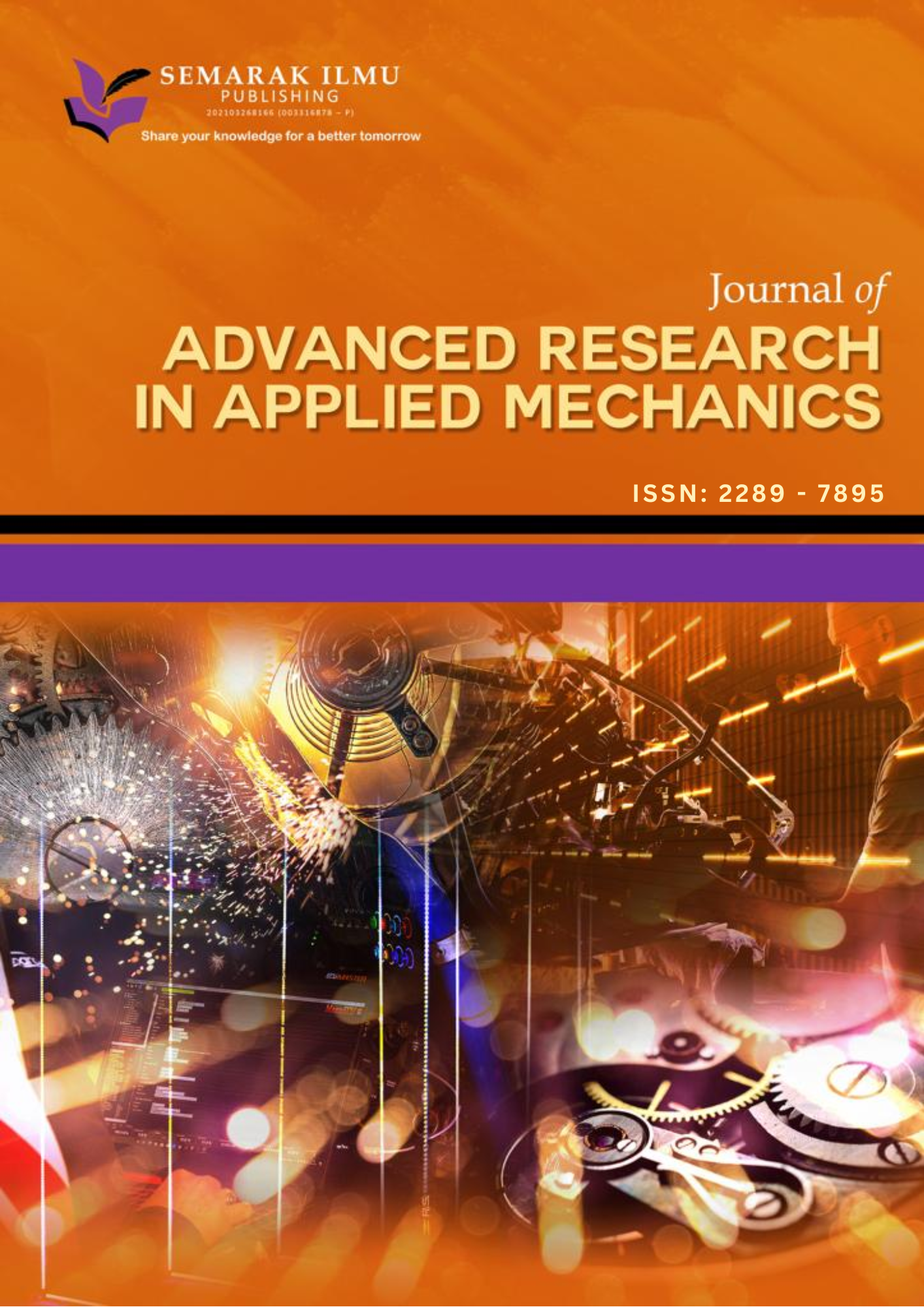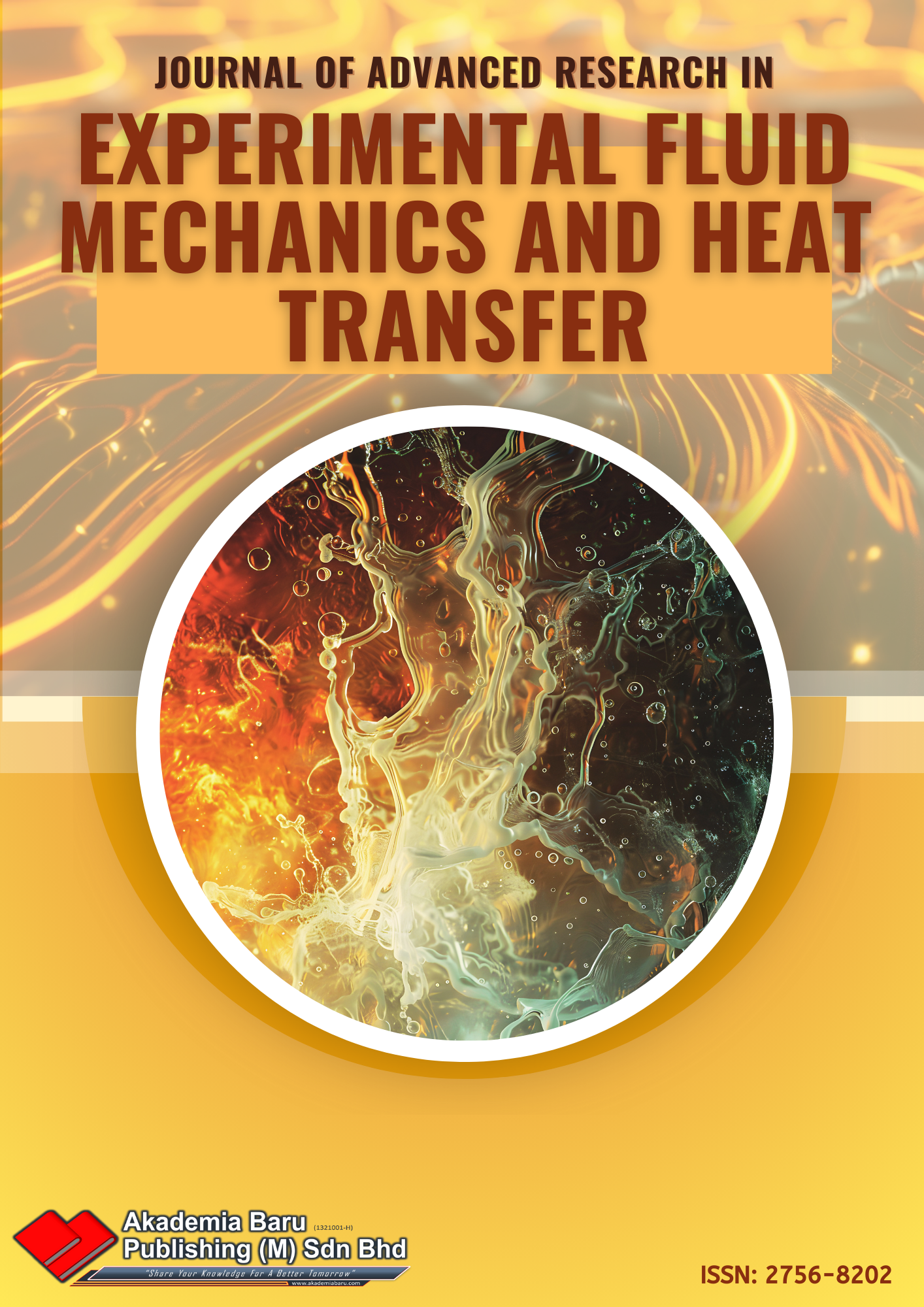CFD Investigation of Boundary Layer Development in Laminar Flow over Flat Plates
DOI:
https://doi.org/10.37934/arnht.31.1.2337Keywords:
Computational Fluid Dynamic, hydrodynamics, heat transfer, laminar flowAbstract
This study investigates the hydrodynamics and thermal characteristics of air and water flow over a flat plate using Computational Fluid Dynamics (CFD) simulations. In the modelling the two-dimensional, laminar model is used. The challenge of accurately modelling fluid behaviour in engineering applications is addressed by employing the finite volume method to solve the Navier-Stokes equations, focusing on the flow and heat transfer phenomena over a flat plate. The study determines that using fine meshes significantly improves the accuracy of these calculations, emphasizing their importance in CFD simulations and showing an agreement with the analytical solution. The results show the significant effect of fluid properties on thermal gradients and boundary layer characteristics, where water shows a pronounced thermal gradient and a thinner boundary layer due to its superior thermal conductivity and density. In contrast, air exhibits a broader thermal boundary layer with a gentler temperature gradient. The study recommends incorporating advanced turbulence models to enhance the accuracy of simulating complex flow behaviours. Sophisticated models will provide insight into the transition from laminar to turbulent flow, improving the overall reliability of the simulations in capturing intricate flow dynamics.
Downloads
References
[1] Pal, S., M. Lopez, M. Schmidt, Michel Ramonet, F. Gibert, Irène Xueref‐Remy, and Philippe Ciais. "Investigation of the atmospheric boundary layer depth variability and its impact on the 222Rn concentration at a rural site in France." Journal of Geophysical Research: Atmospheres 120, no. 2 (2015): 623-643. https://doi.org/10.1002/2014JD022322
[2] Solari, Giovanni, and Giovanni Solari. "The new culture of the wind and its effects." Wind Science and Engineering: Origins, Developments, Fundamentals and Advancements (2019): 169-271. https://doi.org/10.1007/978-3-030-18815-3_4
[3] Versteeg, Henk Kaarle. An introduction to computational fluid dynamics the finite volume method, 2/E. Pearson Education India, 2007.
[4] Anderson, John David, and John Wendt. Computational fluid dynamics. Vol. 206. New York: McGraw-hill, 1995.
[5] Klazly, Mohamad Mehi Alddin, and Gabriella Bognár. "Computational fluid dynamic simulation of laminar flow over a flat plate." Design of Machines and Structures 9, no. 1 (2019): 29-47. https://doi.org/10.32972/dms.2019.004
[6] Cortell, Rafael. "Numerical solutions of the classical Blasius flat-plate problem." Applied Mathematics and Computation 170, no. 1 (2005): 706-710. https://doi.org/10.1016/j.amc.2004.12.037
[7] Canbolat, Gökhan, Alperen Yıldızeli, Haluk Anıl Köse, and Sertaç Çadırcı. "Numerical investigation of hydrodynamic and thermal boundary layer flows over a flat plate and transition control." International Journal of Advances in Engineering and Pure Sciences 32, no. 4 (2020): 390-397. https://doi.org/10.7240/jeps.636786
[8] Mansoori, M., and A. C. Fernandes. "Hydrodynamics of the interceptor on a 2-D flat plate by CFD and experiments." Journal of Hydrodynamics, Ser. B 27, no. 6 (2015): 919-933. https://doi.org/10.1016/S1001-6058(15)60555-8
[9] Harris, Jeff R., Blake W. Lance, and Barton L. Smith. "Experimental validation data for computational fluid dynamics of forced convection on a vertical flat plate." Journal of Fluids Engineering 138, no. 1 (2016): 011401. https://doi.org/10.1115/1.4031007
[11] Triwibowo, Bayu, Heni Wahyu Widayanti, and Miftakhul Indra Rukmanasari. "Prediction of Erotion Rate in Two Elbows for Coal-Air Flow Based on Computational Fluid Dynamics Simulation." Journal of Advanced Research in Fluid Mechanics and Thermal Sciences 97, no. 2 (2022):115-25. https://doi.org/10.37934/arfmts.97.2.115125.
[11] Hossain, Farzad, Afshana Morshed, and Rifat Sultana. "Analysis and Simulation of Flat Plate Laminar Boundary Layer." International Journal of Modern Research in Engineering & Management (IJMREM) 1, no. 9 (2018): 51-55.
[12] Kerswell, R. R. "Recent progress in understanding the transition to turbulence in a pipe." Nonlinearity 18, no. 6 (2005): R17. https://doi.org/10.1088/0951-7715/18/6/R01
[13] Oyelami, Funmilayo H., and Bidemi O. Falodun. "Heat and mass transfer of hydrodynamic boundary layer flow along a flat plate with the influence of variable temperature and viscous dissipation." International Journal of Heat and Technology 39, no. 2 (2021): 441-450. https://doi.org/10.18280/ijht.390213
[14] Manda, Akhil Yuvaraj, Jithendra Sai Raja Chada, Sambhu Prasad Surapaneni, and Satish Geeri. "Flow behaviour on aerofoils using CFD." Journal of Mechanical Engineering, Automation and Control Systems 1, no. 1 (2020): 26-36. https://doi.org/10.21595/jmeacs.2020.21515
[15] Oyelami, Funmilayo Helen, Homan Emadifar, Emmanuel Sunday Fadugba, Masoumeh Khademi, and Ahmed A. Hamoud. "Heat Transfer and Flow of Natural Convection Past a Semi-Infinite Vertical Plate." Contemporary Mathematics (2024): 2840-2847. https://doi.org/10.37256/cm.5320242894
[16] Mostafavi, Amirhossein, and Ankur Jain. "Unsteady convective heat transfer from a flat plate with heat flux that varies in space and time." International Journal of Heat and Mass Transfer 172 (2021): 121084. https://doi.org/10.1016/j.ijheatmasstransfer.2021.121084
[17] Oyelami, F. H., F. B. Olumide, I. E. Olubunmi, and S. B. O. Yetunde. "Numerical Study of Chemical Reaction and Magnetic Field Effects on MHD Boundary Layer Flow over a Flat Plate." CFD letters 16, no. 3 (2024): 55-68. https://doi.org/10.37934/cfdl.16.3.5568
[18] Elsayed, O. A. "Numerical study of a shock-wave boundary-layer interaction: compression ramp flow-fields." In IOP Conference Series: Materials Science and Engineering, vol. 664, no. 1, p. 012003. IOP Publishing, 2019.









